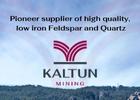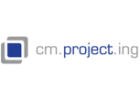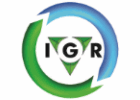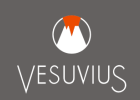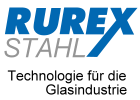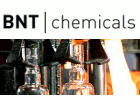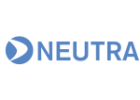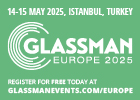INFO
Voici les informations fondamentales de l´entreprise. Cette entreprise a préparé d´autres informations f.ex le site internet, numéros de téléphone, télecopie, contacts, histoire et données géneriques.
Afin de recevoir ces informations en ligne ou pour les avoir imprimés, il faut avoir un "Profile Access" à glassglobal.com valide. Voir conditions ici: Price Info .
Contact
| Adresse | Elias Valavanis S.A. Berlin Packaging Group PO Box 3071 41004 Larisa |
| Pays | Grèce |
| Get in contact with Elias Valavanis S.A. |
Produits ou Machines
The glass which we produce for the manufacture of bottles belongs to the system Na2o-CaO-SiO2. All the compositions in this category are designed so as to contain these main elements. Other chemical compounds or elements may be added to the system either to assist in refining the glass mass from bubbles or to increase productivity of the machinery or for other practical reasons.
The raw materials – silica sand, soda ash, limestone and recycled glass – are mixed in specific ratios and then transported to the glass tank furnace where at a temperature of 1.500 °C, they form a viscous liquid.
By adding different colouring agents we can colour the glass. Coloured glass increases the design possibilities of bottles. However, a white glass bottle gives the consumer a direct estimation of the quality and quantity of the product contained.
The different shades of green are used to give emphasis to the characteristics of the product contained, whereas a brown glass bottle is used when the bottled product demands increased protection from the harmful ultra-violet rays.
- Bottle Decoration
- Bottle Print
- Bottle Painting
- Bottle Fluoridation
- Painting with Print
- Fluoridation with Print
